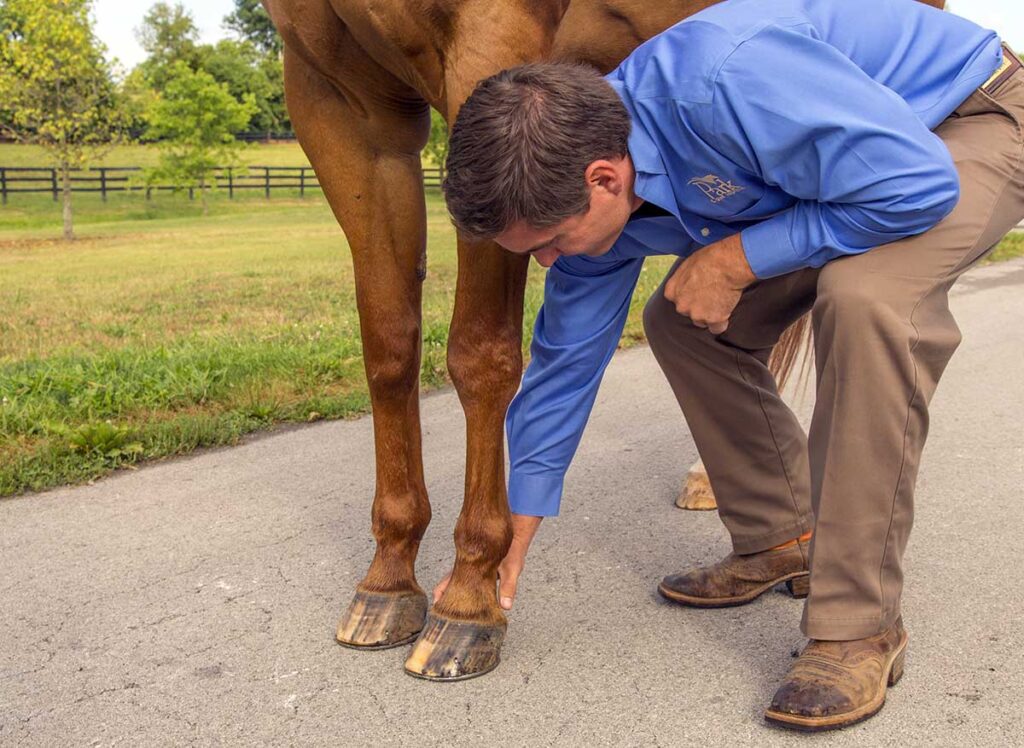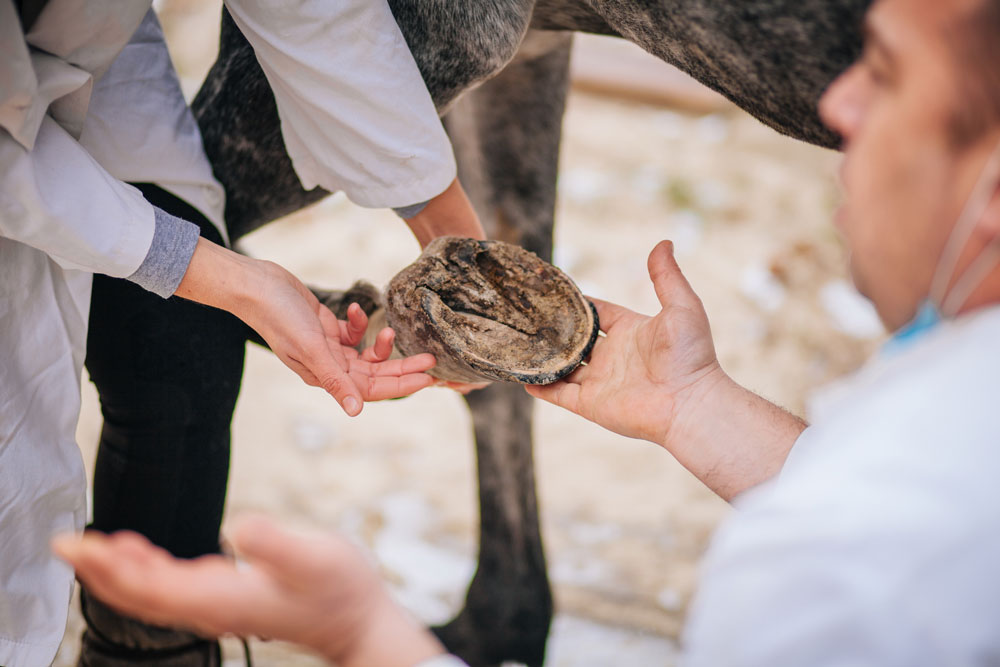For equestrian enthusiasts, maintaining the health of their horse’s hooves is paramount. One common issue that can affect a horse’s hoof is a hoof abscess. Understanding what causes hoof abscess can help in timely prevention and treatment, ensuring the wellbeing of your horse.
So, what causes hoof abscess? Let’s delve into the various factors contributing to this common equine problem.
Introduction to Hoof Abscess

Understanding the Concept
A hoof abscess is a localized infection within the hoof, producing pus and causing significant pain. It occurs when bacteria enter the hoof and multiply, leading to an inflammatory response.

Importance of Timely Diagnosis
Early detection of a hoof abscess ensures prompt treatment, reducing the risk of complications. Regular hoof inspections and being aware of the symptoms can help in detecting issues early.
Internal Factors Contributing to Hoof Abscess

Weak Hoof Walls
Horses with naturally weak or brittle hoof walls are more susceptible to developing abscesses. The weakened structure allows bacteria to infiltrate more easily.
Hoof Trauma
Any trauma to the hoof, such as bruising from rough terrain or an injury, can create a pathway for bacteria to enter and cause an abscess.
External Factors Playing a Role
Environmental Conditions
Wet and muddy environments can soften the hoof, making it easier for bacteria to penetrate. Conversely, extremely dry conditions can cause cracks, providing an entry point for infections.
Poor Hoof Care
Neglecting regular hoof care, such as trimming and cleaning, can lead to dirt and bacteria buildup, increasing the likelihood of abscess formation.
Signs and Symptoms of a Hoof Abscess
Lameness in Your Horse
One of the most noticeable signs of a hoof abscess is lameness. Your horse might appear to be limping or reluctant to bear weight on the affected hoof.
Swelling and Warmth
Swelling and warmth in the hoof area are common indicators of an abscess. These symptoms result from the body’s inflammatory response to infection.
Preventative Measures
Maintain Regular Hoof Care
Ensuring regular hoof cleaning and trimming can prevent the buildup of dirt and bacteria, significantly reducing the risk of abscesses.
Use Proper Hoof Protection
Utilizing protective boots during turnout or riding can shield your horse’s hooves from harsh conditions, minimizing the chance of injury and infection.
Treating a Hoof Abscess
Consulting a Veterinarian
Immediate consultation with a veterinarian is crucial for diagnosing and treating a hoof abscess. They can prescribe appropriate antibiotics and provide specific care instructions.
Hoof Soaking and Poulticing
Soaking the affected hoof in warm water and Epsom salts can help draw out infection. Applying a poultice and keeping the hoof bandaged will further aid in drainage.
Role of Nutrition in Hoof Health
Balanced Diet
Providing your horse with a balanced diet rich in essential nutrients strengthens the hoof and promotes overall health, reducing the likelihood of abscesses.
Supplements for Hoof Strength
Supplements containing biotin, methionine, and zinc can enhance hoof strength, making them more resilient against infections.
Expert Tips for Equestrians
Regular Hoof Inspections
Incorporating regular hoof inspections into your routine enables early detection of potential issues, preventing abscesses from developing.
Choosing the Right Farrier
A skilled farrier is critical in maintaining proper hoof balance and care, which is essential for preventing abscesses.
Additional Considerations
Monitoring Weather Conditions
Keeping an eye on weather patterns and adjusting hoof care routines accordingly can help prevent abscesses related to extreme conditions.
Ensuring Proper Stable Hygiene
Maintaining clean and dry stable conditions minimizes the chances of your horse developing hoof abscesses.
Conclusion
Summing Up the Causes and Prevention
Understanding what causes hoof abscess and how to prevent them is vital for any equestrian enthusiast. By maintaining regular hoof care, providing a balanced diet, and consulting with professionals, you can ensure the health of your horse’s hooves.
Regular vigilance and prompt attention to any signs of lameness or discomfort will help keep your horse happy and healthy.
FAQs
What are the early signs of a hoof abscess?
Lameness, swelling, and warmth around the hoof are early indicators of a possible abscess.
How often should I clean my horse’s hooves?
Regular cleaning, preferably after riding or turnout, helps keep the hooves free from dirt and debris that can cause abscesses.
Can diet play a role in preventing hoof abscesses?
Yes, a balanced diet rich in essential nutrients can strengthen the hooves and prevent abscess formation.
As an Amazon Associate, I earn from qualifying purchases.
